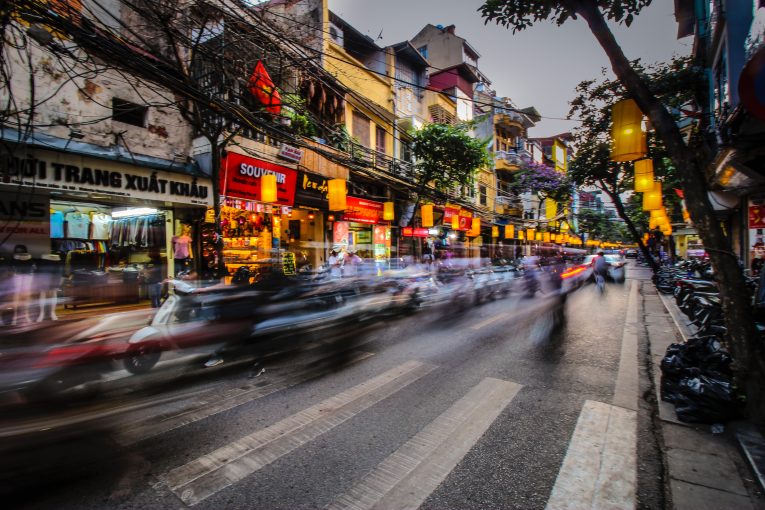
Many people misrepresent Southeast Asia and ASEAN. Some of them think that Southeast Asia is ASEAN, or vice versa. Then what is “Southeast Asia” and “ASEAN”? and How is the origin of “Southeast Asia” as a “study” or “area studies” ?.
According to Dr. Agus Suwignyo, Southeast Asia as an area felt not too well known. The indicator to which he is concerned is that when European societies often refer to Southeast Asians who are coming from different countries identified as the same group. Dr. Agus Suwignyo explains that the actual status of Southeast Asia can be seen from three aspects, namely as a “concept” of politics and defense, historical reality and area study.
Southeast Asia as a political and defense concept is deliberately created by and for the sake of those who have historically not come from the “Southeast Asia” region. The concept of “Southeast Asia” started from the existence of Southeast Asia Command (under Admiral Lord Louis Mountbatten) which was created with President Franklin D. Roosevelt and British Prime Minister, Winston Churchill on First Quebec Conference (August 1943) have spawned a military political dimension in Southeast Asian Region. Southeast Asia Command was used against the Japanese soldiers that ruled Southeast Asia for the first time in history. Followed by the war in Indochina and the existence of domino theory and decolonization in a narrow legal sense, and plays an important role in the acceptance of the concept of Southeast Asia [1]. Southeast Asia was also used as a geopolitical cold war that gave birth to The Association of Southeast Asian Nations (ASEAN) in 1967. This regional group then promoted economic, political and security cooperation as a counter-discourse form of the Asian-African Conference in 1955. To date, ASEAN has ten members, namely Indonesia, Thailand, Malaysia, Singapore, Philippines, Brunei Darussalam, Vietnam, Laos, Myanmar and Cambodia. Then what is the position of other countries like East Timor? East Timor has not (yet) joined ASEAN member countries, but has entered into Southeast Asia.
Secondly, as a historical reality, long before the concept of unity and government, people in Southeast Asia have come into contact. It is seen from the similarity of several languages, socio-political and culture between countries. One of the examples is the tradition of gotong royong (help each other) that is reflected in both the rural level to the greater level such as social institutions and governance. This suggests that there are similarities of value systems, social institutions, and governments, and economic modes. It is also influenced by a relatively similar source of “outer” influences from China, India, Arabia and Europe. This is further elaborated in a book entitled History of Modern Southeast Asia by Leonard Y. Andaya who is a Professor of the History of Southeast Asia in University of Hawaii at Manoa and Barbara Watson Andaya, an Australian historian.
Finally, the status of Southeast Asia as an area studies actually began before World War II. That is when a group of scientists consisting of orientalists and epigraphers, botanists, zoologists, philologists, historians and archaeologists researching Southeast Asia. While post World War II Southeast Asian scientists mushroomed during the Cold War, but the focus of the study is mostly only in one particular area in Southeast Asia. This phenomenon leads to epistemological challenges such as the stable concept of “space” and “time” constraints within the boundaries of “Southeast Asia”, the scientific policy and the diffusionist Perspective in writing on Southeast Asia. Unfortunately Southeast Asian studies are more attractive to “outsiders” which means that there are currently quite a few experts, researchers and people interested in Southeast Asia who are indigenous “Southeast Asians”.
—
This article was written by Tania Nugraheni Ayuningtyas (in Indonesian), Tourism student, Faculty of Cultural Sciences, Gadjah Mada University, while working as an intern at Center for Southeast Asian Social Studies (CESASS).
